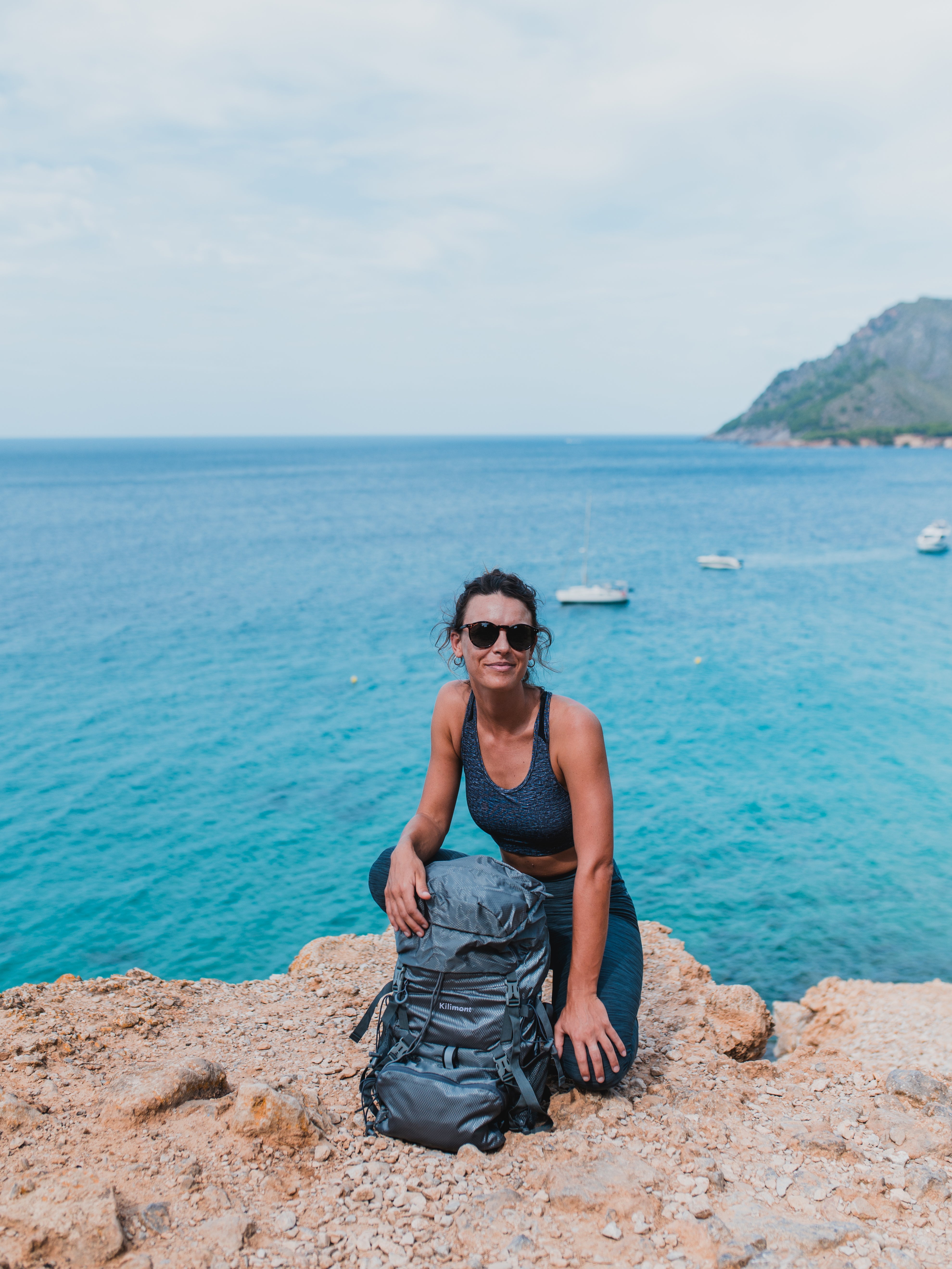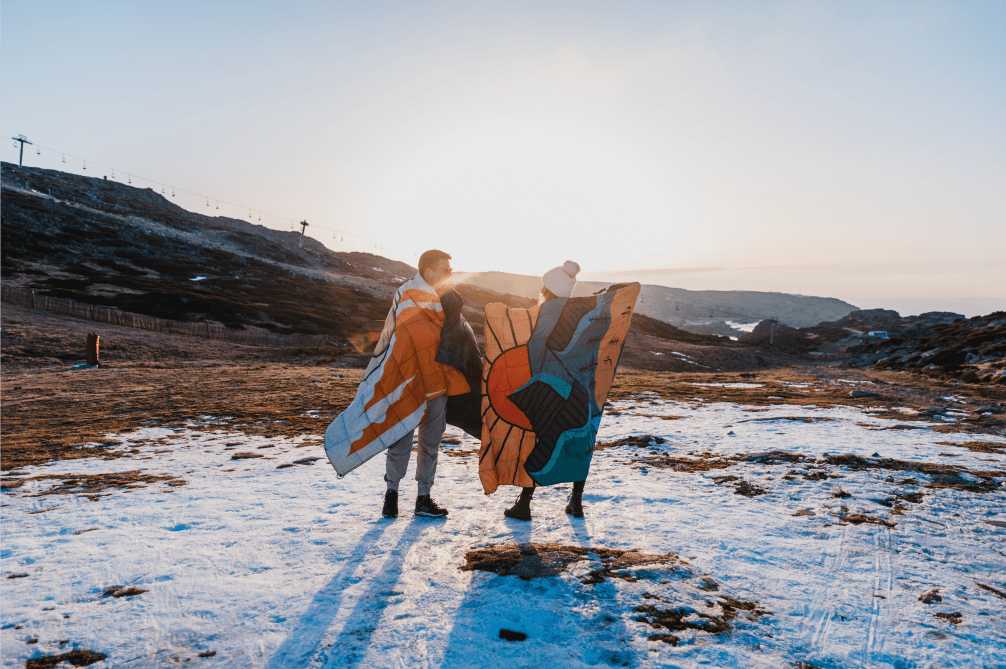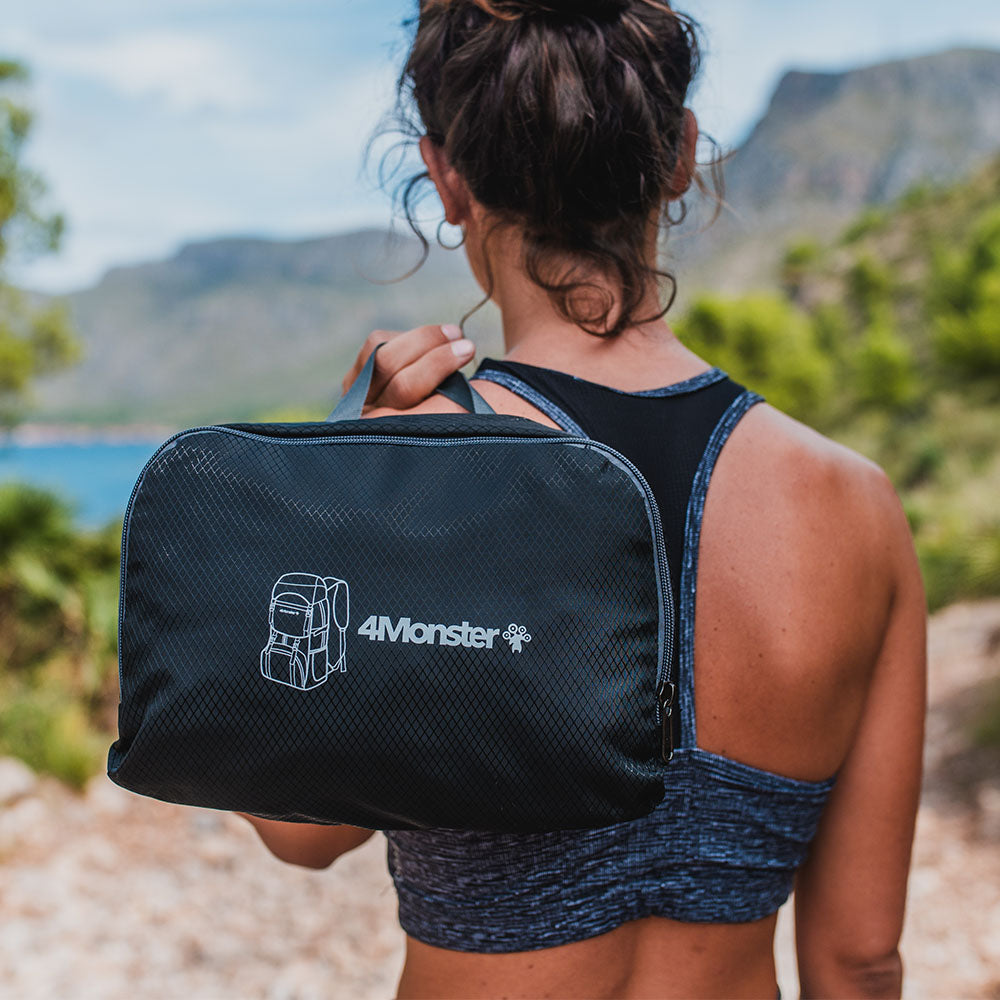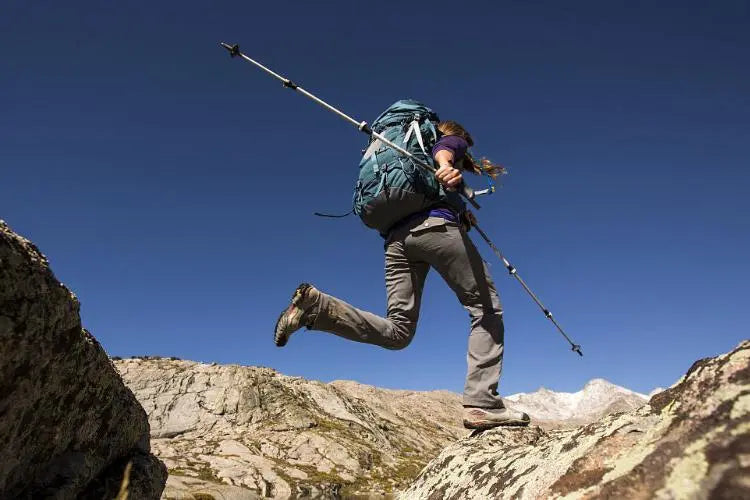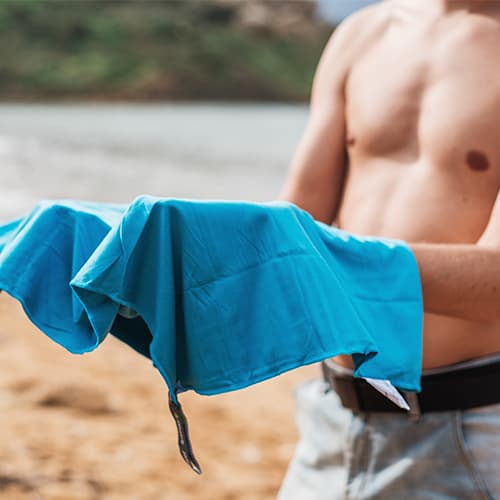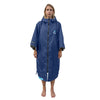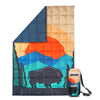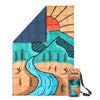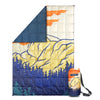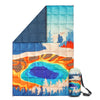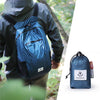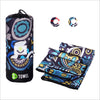Hiking is a unique way of traveling that allows us to go deep into nature and experience the changing seasons. However, hiking in different seasons requires a different mix of gear to ensure our safety and comfort. In this blog post, I will explore the differences in hiking gear choices for the four seasons to help you better prepare for and enjoy hiking trips in different seasons.
First of all, regardless of the season, a backpack is the core piece of gear on a hike. It not only carries our clothes, food and water, but may also include first aid medicines, navigation equipment, and so on. When choosing a backpack, in addition to its capacity and comfort, you should also consider its durability and waterproof performance. Especially in the rainy or snowy season, a backpack with waterproof performance can protect our belongings from moisture.

In spring hiking, everything is recovering and the temperature is gradually warming up, but there will still be a slight chill. When choosing equipment, we need to focus on warmth and breathability. Spring hiking shoes should be lightweight and have good anti-slip properties to cope with wet ground and occasional light rain. At the same time, we need to prepare a light but warm jacket to cope with the big temperature difference between morning and evening. In addition, accessories such as anti-mosquito lotion, long-sleeved clothing, and lightweight hats and gloves are also essential.
Summer hiking is characterized by hot sunshine and high temperatures. In terms of equipment selection, we need to focus on sun protection and breathability. Summer hiking shoes should be selected with good breathability and sufficient support. In addition, lightweight sun hats, sunglasses and sunscreen are also essential equipment that can effectively prevent direct sunlight from harming the skin. At the same time, we also need to prepare enough water and anti-heat medicines to cope with the body's needs in hot weather.
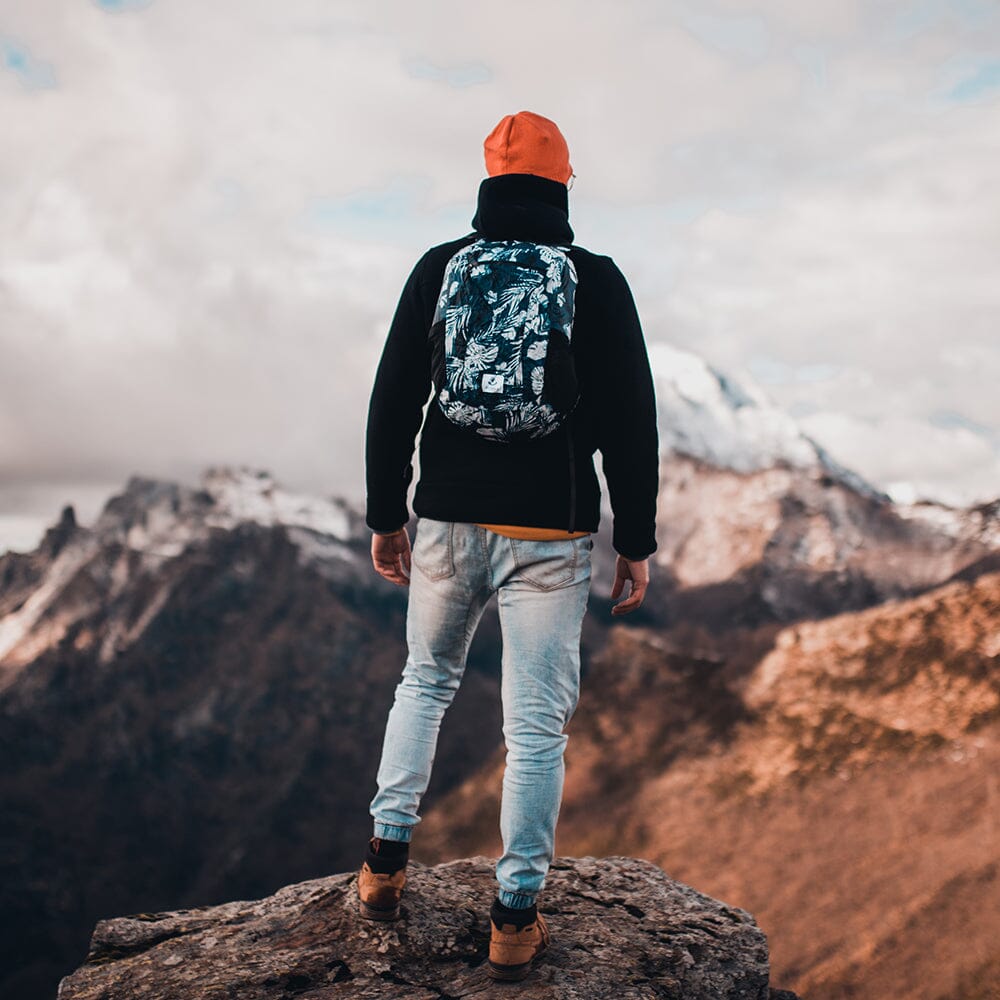
Autumn hiking is cool and colorful. In terms of equipment selection, we need to focus on warmth and wind protection. Fall hiking shoes should be chosen with good warmth to cope with the big temperature difference between morning and evening. At the same time, a windproof and warm jacket is also an essential piece of equipment, which can effectively resist the attack of fall wind. It is also wise to choose shoes with non-slip properties and carry rain gear or ponchos, considering the possibility of falling leaves and wet ground in the fall.
Winter hiking is cold and snowy. In terms of equipment selection, we need to focus on warmth and non-slip. Winter hiking shoes should be waterproof, non-slip and warm. In addition, we need to prepare a down jacket with excellent warmth and thick cotton pants to withstand the cold. Meanwhile, camping may be required during winter trekking, so a lightweight down blanket and tent are also essential equipment. For warmth, consider carrying warming aids such as baby warmers and hot water bags.

In addition to the key gear and accessories mentioned above, there are some general gear choices to keep in mind for all-season hiking. For example, flashlights or headlamps are essential for night hiking, as they can illuminate the path ahead for us in the dark. Navigation devices such as a compass or GPS are also important accessories that can help us determine our direction and avoid getting lost. It is also wise to carry some first aid medicines and basic repair tools to deal with unexpected situations.
In a nutshell, the difference in the choice of trekking equipment for all seasons is mainly reflected in coping with the climate and environmental characteristics of different seasons. Choosing the right equipment and accessories can make our hiking trip safer, more comfortable and more enjoyable.

